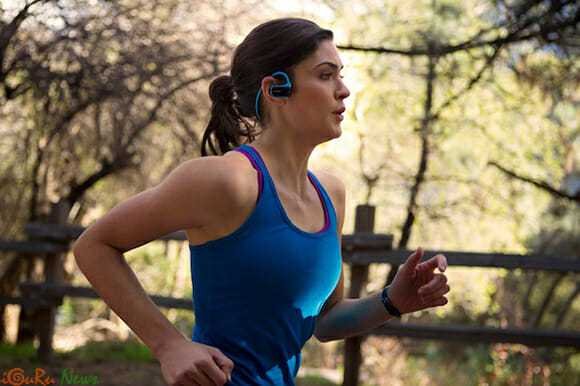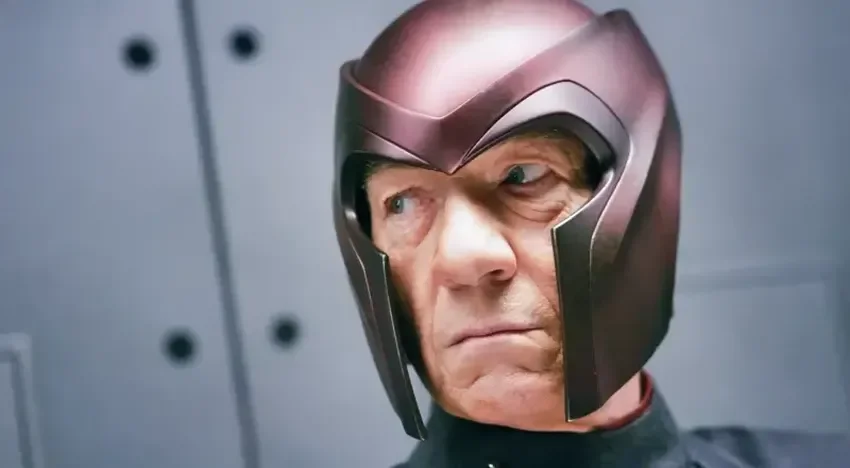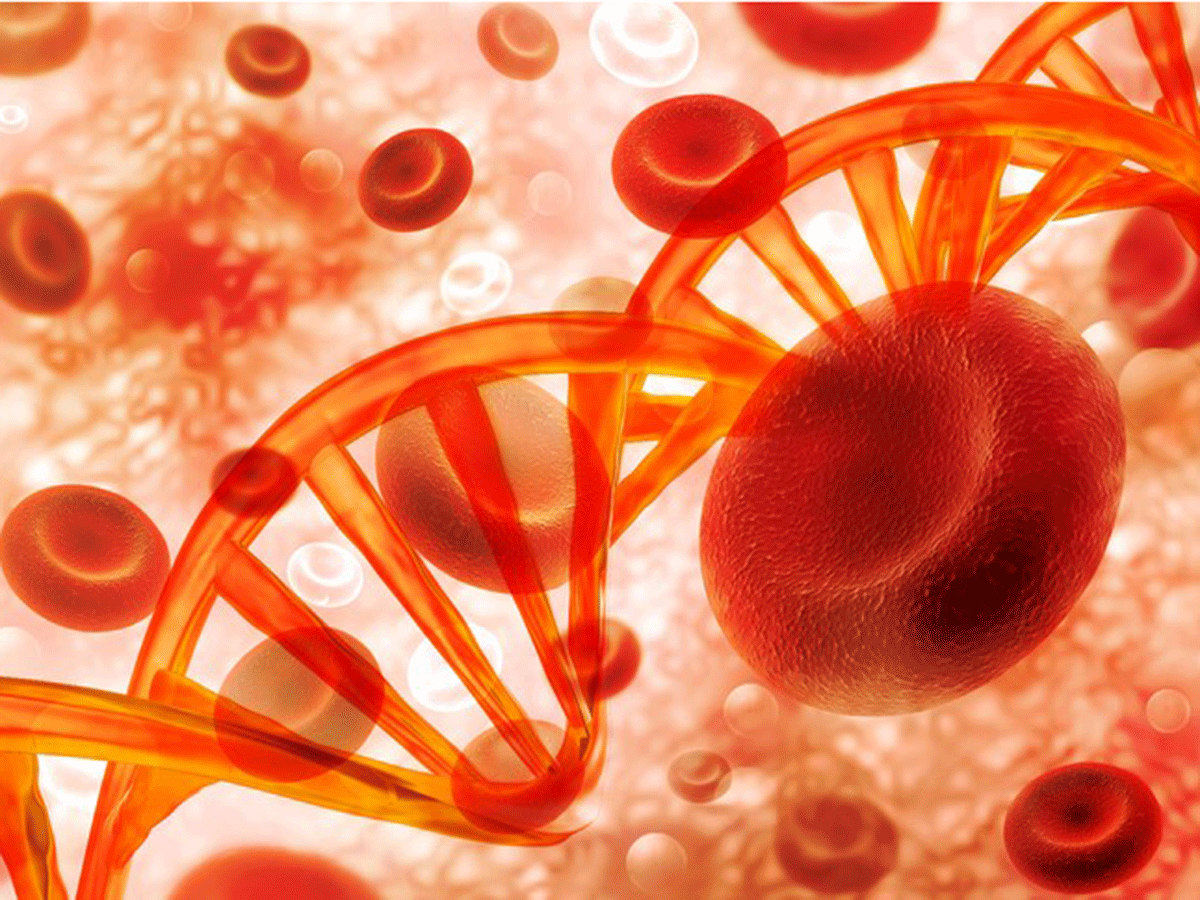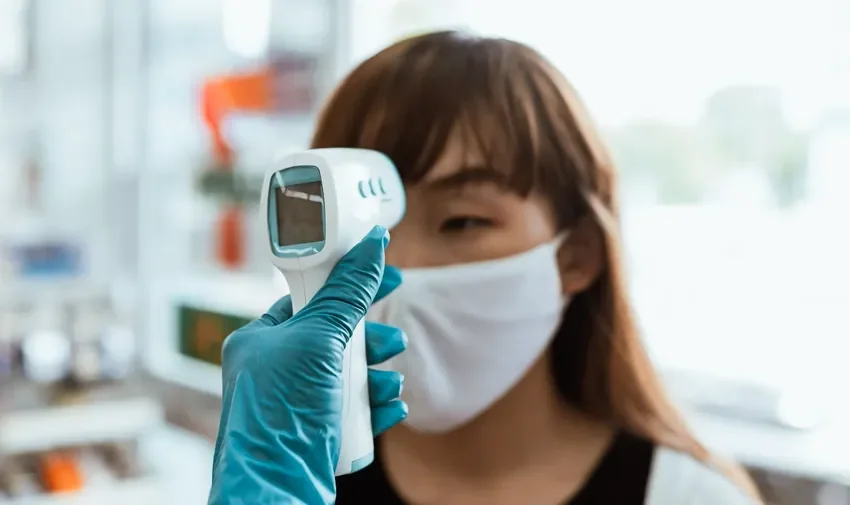In addition to showing the time and communicating with your mobile, smartwatches can be great tools as long as they are equipped with the right sensors.

Today's smartwatches are a technological marvel. They can work like a mobile phone as well as fitness trackers and help you monitor your health. They come with a bunch of useful features that of course all rely on a variety of sensors.
Not all smartwatches have integrated the wide range of sensors available on the market. In addition, the sensors have variations in quality and reliability. So you will find smart watches on the market from 25 euros up to 500 euros. And also, especially in Chinese watches, you will find an incredible amount of misinformation about what a particular brand and model of watch can do.
A watch's capabilities, whatever the salespeople tell you, depend on the sensors it has built-in. For example, if it has an infrared light sensor then it can show you your oxygen saturation. But which sensors can be integrated into smart watches, what can they show you and how do they work? Let's see them.
Accelerometer

An accelerometer is a useful sensor to know your fitness. In general, it measures the acceleration exerted on it by movement of your hand and by extension your body. It can be convenient when you want to change the orientation of the screen and also when used in combination with other sensors.
The accelerometer can track your activity levels and offer insights based on your health goals. It tells you information about your body movements and gives you a measure of your step count and activity levels.
It can also measure sleep quality based on your reflexive movements while you sleep. This is cheap and reliable technology, and you won't find a smartwatch on the market that doesn't at least have an accelerometer.
GPS

GPS is a satellite positioning system that provides location information. Its most common application technology GPS is tracking your location and providing turn-by-turn directions for easy navigation.
GPS devices such as smartwatches, smartphones or fitness trackers can find your exact location through triangulation. It works by calculating the discrepancy between the signals, i.e. when the satellite signal was sent to your watch and when it was received.
GPS receivers combined with other sensors such as accelerometer and gyroscope can also give you real-time fitness measurements (!), since they can locate you on the map and measure your speed, distance and time, while run or cycle.
You can get an idea of how long it takes to commute, what routes you want to take when cycling or running or walking, and more.
It doesn't require a sim card, it talks directly to the satellites, but you won't find it on all watches.
Thank you

With this sensor you can get information about your current location and speed. so it can recognize if you're running, walking, jogging or doing some other form of physical activity.
In addition, your smartwatch constantly checks for changes in its orientation. If you move your wrist, it will alert you in real time and wake up the screen. Essentially, it helps detect motion, track activities and gestures, and improve the overall functionality of your smartwatch.
SPO2 sensors/ Oximeter

In smartwatches, oximetry sensors are vital diagnostic devices that measure peripheral oxygen saturation or blood oxygen levels. Most smartwatches use thn reflectance pulse oximetry technology to measure the amount of infrared light reflected off your skin.
That is, the same technology used by a professional doctor's oximeter. The smartwatch emits visible infrared light through the skin on your wrist (the area where the pulse is located). The sensors will then detect the amounts of red light reflected from the saturated hemoglobin and unsaturated hemoglobin in your body and provide corresponding SPO2 levels.
Typically, a score of 95 and above indicates normal oxygen levels.
Bio-Impedance Sensors

Bio-impedance sensors can measure the amount of electrical current flowing through your body. They measure changes in resistance, the resistance itself or the electrical conductivity of living tissues.
They can easily detect your health status by measuring changes in conductivity. The body composition function of the watch Samsung Galaxy Watch 4 uses BIA technology to display information about calories burned, fat levels, skeletal muscle mass and more.
These sensors can track how active you've been. More often than not, you may have noticed that your smartwatch prompts you to start walking if you have been inactive for some time.
Fitness devices use this feature to remind you to start moving for exercise and can help you regulate your metabolism and maintain a healthier lifestyle.
Bio-impedance sensors are commonly used by athletes who want to know how well strength training and endurance exercises are working for them.
Magnetometer

The magnetometer (or compass sensor) is a type of motion sensor on your smartwatch that detects the presence and strength of magnetic fields in the three vertical X, Y and Z axes to determine how strong the magnetic field is around the device, the which is then used to determine its orientation.
In smart watches and other wearable devices, the magnetometer allows the detection movement, tracking and direction. The smartwatch's accelerometer also measures movement and when used in conjunction with the magnetometer, allows you to get a sense of speed, direction and acceleration.
The specific sensor in mobile phones and with the addition of the appropriate application can measure the magnetic field in Tesla, which exists in the location where the phone is located.
It essentially measures how strong the magnetic fields are from the various broadcast antennas in your area. This one for our sprayed friends.
Heart rate and blood pressure sensor

The heart rate sensor is a vital component that monitors your heart beats per minute (BPM) and checks for abnormalities, helping you monitor your health in real time.
Most smartwatches and fitness trackers use PPG (Photopleththysmography) technology. It relies on high-precision light sensors that use a light source on the back of your watch to measure the amount of red and green light reflected off the skin of your wrist.
During normal blood flow, more red light is reflected from your skin and more green light tends to be absorbed, while there is relatively less green light absorption between heartbeats.
In doing so, these sensors detect pulse and blood flow volume and can be used to determine whether your pulse rate is regular or irregular by detecting the amount of light reflected off your skin. In high-end smartwatches, they offer almost accurate results down to heart rate.
Heart rate monitors can also detect abnormalities in your pulse. If you have an unusually high or low heart rate, your smartwatch will pick it up and send an SOS to your emergency contacts.
The same technology is used to measure blood pressure. Here, because the sensor is not particularly accurate, it works with the age data you give it and an algorithm to calculate your blood pressure.
As we said above, photoplethysmography uses a light sensor to determine the volume flowing in the arteries. Changes in volume can cause fluctuations in heart rate, thus recording varying blood pressures.
This method has a limitation in that you must calibrate the smartwatch using a standard sphygmomanometer initially and then every four weeks to maintain accurate readings. The Apple Watch uses PPG sensors and ECG technology to monitor blood pressure, along with third-party apps like Qardio.
ECG (electrocardiography) technology is a concept that uses a Bio-Impedance sensor that monitors the timing and strength of the electrical signals produced by the heartbeat. The sensor measures the time it takes for a single pulse to travel from the heart to the wrist. This phenomenon is also referred to as pulse transit time (PTT).
Most watches only have heart rate measurement and not pressure measurement, as you can't be sure of the accuracy of its results, and all you can consider is if there are changes in your pressure to be alarmed and be measured with a normal sphygmomanometer.
Skin temperature sensors

With the rise in popularity of smartwatches and fitness trackers, more and more people are looking for ways to track and leverage their health metrics.
Smartwatches like the Fitbit Versa 3 and Samsung Galaxy Watch 5 are equipped with skin or body temperature sensors that can measure your "peripheral" body temperature after vigorous physical activity such as workouts and can even help manage of stress levels.
They can be useful for tracking activities that increase skin heat, such as walking, running, jogging, swimming, and more. This can provide useful information such as an estimate of your core body temperature, the onset of menstrual cycles in women, etc.
Gesture sensors

Gesture sensors are a great way to make your smartwatch more useful and intuitive.
For example, they allow you to wake up the screen or disconnect a call with a flick of your wrist. It is consistent with the use of gesture controls on your smartphone, which can be used to quickly access app or settings shortcuts, or to perform specified actions.
This goes a long way in improving the user experience and personalizing your interaction with smartphones or mobile devices. Also gesture sensors are especially useful for people who have dexterity issues.
Technically it just relies on the device's camera, as long as your watch has one.
UV sensors

Sunlight is one of the most important sources of vitamin D, which is essential to keep your body healthy. However, excessive UV exposure can cause skin cancer or melanoma in the long term.
You can use these dermatology apps to assess your skin condition and early warning signs of potential skin disorders.
UV sensors are one of the most important features of smartwatches because they help you stay safe by alerting you before sun exposure becomes harmful so you can take proper precautions and avoid negative consequences.
In conclusion
When shopping for your new smartwatch, consider all of the above parameters to cross-check whether a watch actually has a feature or not.
You also now know what you can expect from a smartwatch, and which of all the tricks it might have you need or don't need to shell out the extra cash to get.





